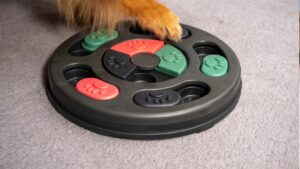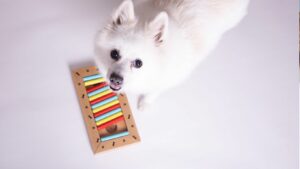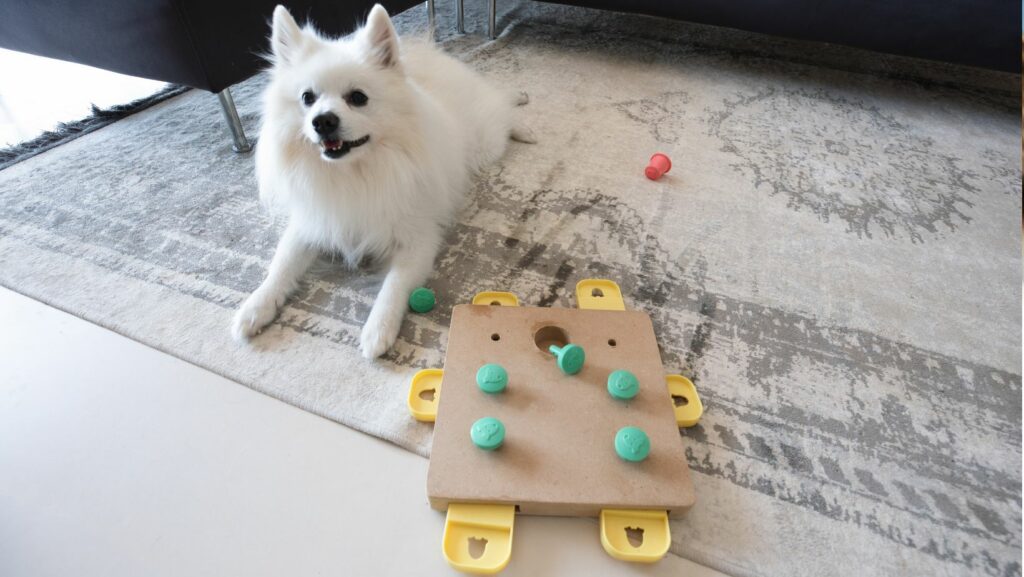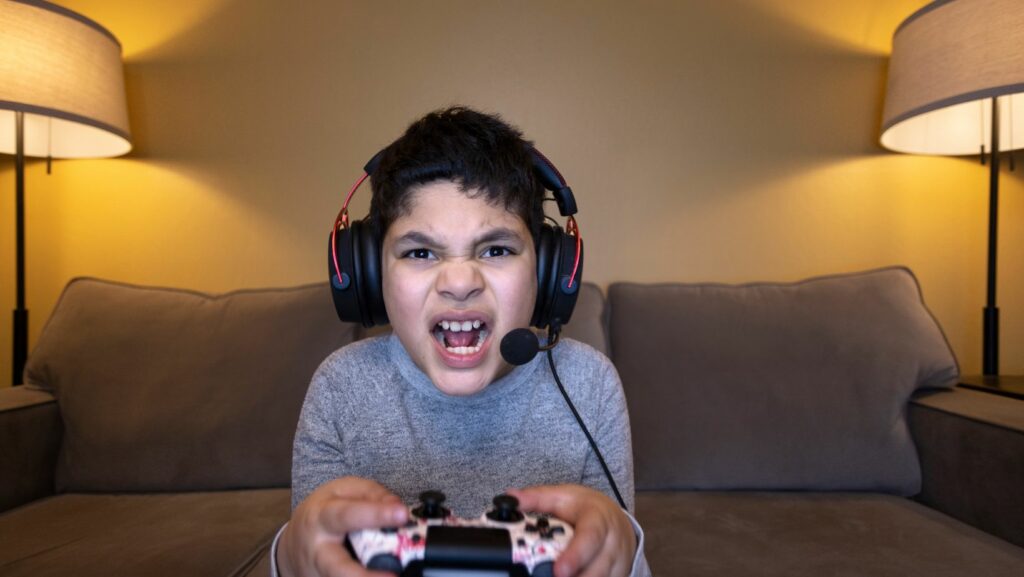Mental Stimulation Diy Brain Games for Dogs
Mental stimulation acts as a fundamental factor in a dog’s life, greatly affecting their behavior. The role of mental exercise in a dog’s life and how mental stimulation affects your dog’s behavior are key considerations for any pet owner.
Mental exercise serves a pivotal role in a dog’s life. It’s a form of enrichment that keeps their brain active and engaged, similar to how physical exercise maintains their body’s strength and agility. Throughout their lives, dogs engage in explorative activities, contributing towards their mental fitness. These activities, such as sniffing for scents or comprehending commands, engage dogs’ mental faculties, keeping them sharp and agile.

For example, activities like sniffing exercises engage a significant part of a dog’s brain that is dedicated to olfactory senses. Consequently, by incorporating regular scent games, such as hiding treats and encouraging the pet to find them, owners can effectively provide mental exercise that targets a dog’s natural instincts and enhances their cognitive functions.
Mental Stimulation Diy Brain Games for Dogs plays a critical role in shaping a dog’s behavior. Lack of stimulation might lead to behavioral issues like destructiveness, excessive barking, and anxiety. This happens as boredom sets in and dogs resort to undesirable behaviors as a means of entertainment.
DIY Brain Games as a Solution for Boredom
Recognizing boredom in dogs can be challenging, yet it’s a crucial step in maintaining their mental well-being. DIY brain games come into play here, acting as an innovative solution to avert canine ennui and foster cognitive growth.
DIY brain games offer a unique solution to alleviate canine boredom by providing mental stimulation, therefore, helping maintain balanced canine behavior. They cater to different dog breeds and cognition levels. These games have advantages that extend beyond the purpose of fun and play. Notably, they enhance dogs’ problem-solving skills, entertainment, and engagement. For example, a puzzle game can enhance a dog’s ability to analyze situations, while a sniffing game can refine their sense of smell, offering them both fun and learning experiences simultaneously.

Homemade brain games for dogs can easily be achieved with everyday household items. It’s only limited by creativity and understanding of the dog’s preferences and skills. Here are some straightforward steps for turning common items into mental stimulation sources for dogs:
- Bottleneck Game: Take an empty plastic bottle, fill it with treats, and leave the cap off. Dogs can roll it, shake it, and do whatever it takes to get the treats out.
- Muffin Tin Game: Place treats in a few cavities of a muffin tin and cover all the cavities with tennis balls. Dogs need to lift the balls to find the treats.
- Box Game: Place a treat inside a box and let the dog figure out how to open the box to get the treat.
Remember, using a variety of games promotes diverse mental stimulation, and rotating them frequently prevents boredom. Always supervise the dog during play to ensure its safety.
Top DIY Brain Games for Mental Stimulation
Dogs benefit from complex environments that challenge their minds, and DIY brain games add this much-needed complexity, enhancing mental stimulation. Here’s a discussion of a few engaging games designed to stimulate doggie brains.
DIY Hide and Seek game capitalizes on a dog’s keen sense of smell. By hiding treats around the house, it not only keeps them occupied but also sharpens their scenting ability.

Some hide treat puzzles, such as the one with a mat containing multiple small pockets, can elevate the game to another level of complexity. However, ensure that small, soft, and splinter-free items are hidden to prevent choking.
Transform household items into interactive puzzle toys for dogs. For example, an empty cereal box can be a wobble toy if treats are placed inside and the box is sealed. As dogs try to retrieve the goodies, they get mental stimulation. It’s always necessary to supervise such activities to prevent possible ingestion of inappropriate items.
Crafting an interactive feeding game provides mealtime mental stimulation. One idea is to place kibble in a plastic bottle, which the dog must roll or manipulate to dispense the food. Moreover, a muffin tin covered with tennis balls creates a simple yet effective puzzle game. It’s important to craft these feeders with materials that can’t splinter or shrink when chewed to ensure the dog’s safety.



